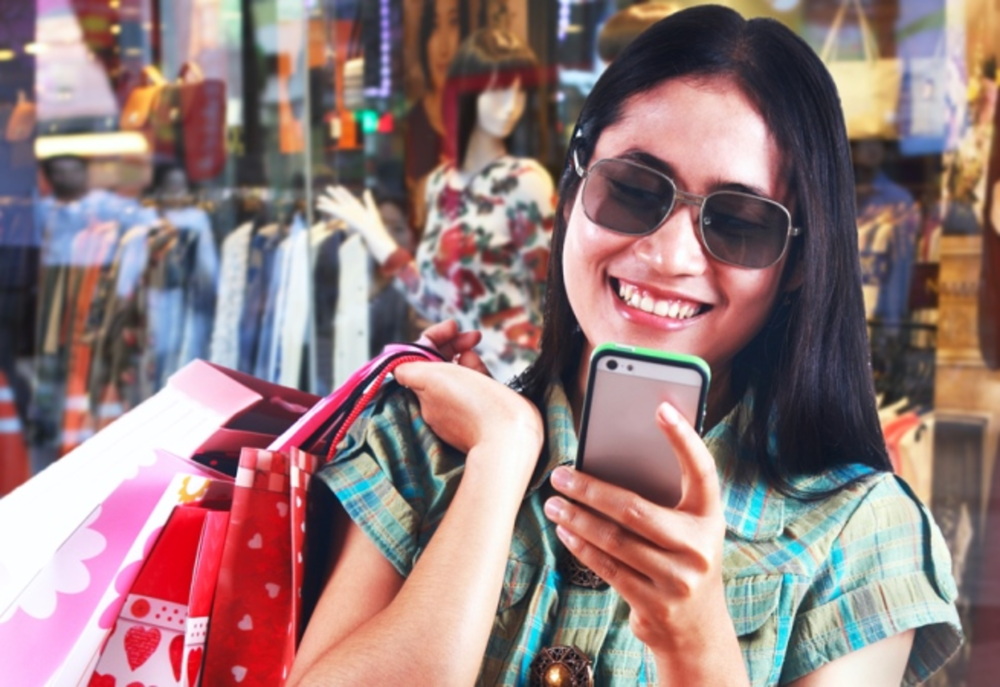Despite all their supposed paranoia over being tracked in retail locations via cell phones, some 60% of shoppers open and engage with beacon-triggered content in stores, according to a new study from Swirl Networks. Even more interesting to retailers and their vendors, half of those shoppers go on to redeem the offers they receive.
Swirl, whose proximity-based mobile marketing platforms are used by merchants such as Hudson’s Bay, Lord & Taylor, and Urban Outfitters, analyzed data from tens of thousands of in-store interactions and followed up with online interviews of a few hundred consumers who had opted in to beacon programs to obtain that intelligence.
“Survey after survey has said that consumers think this is creepy, but only if they aren’t aware that it’s happening or if they’re not getting anything for it,” says Swirl VP of Marketing Rob Murphy. “They’re accepting of the beacon marketing concept if they have control of it. They have to have Bluetooth on their phones, they have to download the store’s app, and they have to opt in to the beacon feature within the app.”
Consumers who have willingly enlisted in beacon programs are tending to interact with it at high levels during its novelty phase. Nearly three quarters (73%) of those surveyed by Swirl said that beacon-triggered content and offers increased their likelihood to purchase during a store visit. Further, 60% said they would be more likely to do their holiday shopping at stores delivering mobile content and that they would likely buy more as a result.
For data-driven direct marketers, beacon-based marketing provides a way to target and influence individuals in an open retail environment. Comments added to surveys by consumers included observations such as, “It felt like a unique shopping experience designed just for me,” and “It brought me to departments I might not normally see.”
Murphy, who previously ran consumer marketing for flash retailer Rue La La, sees a promising future for beacon marketing programs due to their low cost and ease of use for retailers, and their versatility for brand marketers and third-party partners. “The hardware itself is very inexpensive. Beacon transmitters are only about $20 or $30 apiece,” he says. “These devices are nothing but battery powered radio transmitters, and retailers can put them wherever in the store they want to interact with shoppers.”
Retailers merely have to add SDK (software development kit) codes to their existing shopper apps to enable them to listen for signals from the transmitters. They also have to employ a platform like the one from Swirl that manages their websites to administer the business rules and content that will guide their individual beacon programs.
Third-party marketing companies—such as the mobile couponer SnipSnap, for example—can piggyback onto programs at the retailers’ discretion by deploying their own SDK codes. Brand marketers can take part in beacon programs in much the same way they already do with standard in-store marketing programs.
“Lord & Taylor can go to Chanel or Lancome or Calvin Klein and say, ‘Would you like the be the premier supplier in the scents department?’” Murphy says. “So, the retailer controls the channel, but the brand can guide the creative and the format. For instance, they can send a message to a consumer as soon as she walks into the store.”
Brands, in that regard, will be the content-drivers for the retailers’ beacon programs, making them even cheaper to administrate, and thus more appealing to merchants always ever-watchful of their margins.








